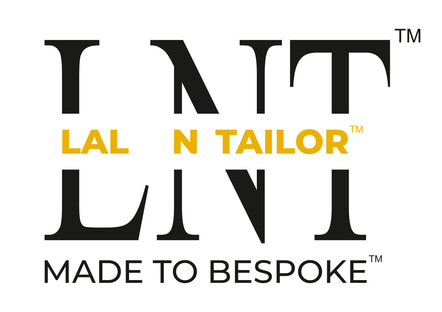Crafting Excellence: A Guide to Making a Bespoke Suit
4/17/20252 min read


Understanding Bespoke Suits
A bespoke suit is not merely an article of clothing; it is a personalized garment crafted specifically for the wearer. This process results in a unique piece that reflects the individual's style and preferences. The term 'bespoke' originates from the tailoring techniques of Savile Row in London, where tailors would create custom suits from individual measurements and specifications. In this guide, we will discuss how to make a bespoke suit, ensuring a perfect blend of tradition and modern tailoring techniques.
Selecting the Right Fabric
The first step in creating a bespoke suit is the selection of fabric. The choice of material significantly influences the final product, as it affects the suit's drape, texture, and overall aesthetic. Wool is a common choice for its versatility and durability, but luxury options such as cashmere or silk blends can create an exceptional finish for more formal occasions. It is essential to consider the season and intended use when selecting the fabric to ensure comfort and style.
Measurements and Design
Once the fabric is selected, the next step entails taking precise measurements. A bespoke suit requires accurate body measurements to ensure a perfect fit. This usually involves taking measurements for the chest, waist, shoulders, and sleeves, as well as considering posture and silhouette. After obtaining measurements, you will collaborate with a skilled tailor to design your suit. This involves choosing the style of the suit, including the lapel shape, pocket design, and button placement. This is where your personal style truly begins to take shape, allowing for individuality within the framework of traditional tailoring.
The Tailoring Process
Upon finalizing the design and measurements, your bespoke suit enters the tailoring phase. A proficient tailor will typically create a muslin fitting, a rough version of your suit, to ensure all elements align perfectly with your body shape. Fittings are crucial, as they allow for adjustments, refining the fit before cutting into the final fabric. Several fittings may be necessary, depending on the intricacy of the design and the fit requirements. Each adjustment brings you closer to the ideal bespoke suit.
The Final Product
After the fittings and adjustments are complete, the tailor will construct the finished suit, incorporating details like lining and stitching. A bespoke suit is usually characterized by its hand-stitched elements, offering a sense of luxury and a personal touch. When you finally receive your suit, you will notice the distinctive fit and finish that cannot be found in off-the-rack suits. The meticulous craftsmanship ensures not only an impeccable look but also comfort and confidence every time you wear it.
Conclusion
Creating a bespoke suit is an investment in quality, style, and personal expression. The journey from fabric selection to the final fitting is a rewarding process that results in a suit that is uniquely yours. By following these guidelines on how to make a bespoke suit, you can enjoy the exceptional comfort and elegance it brings to any occasion.
